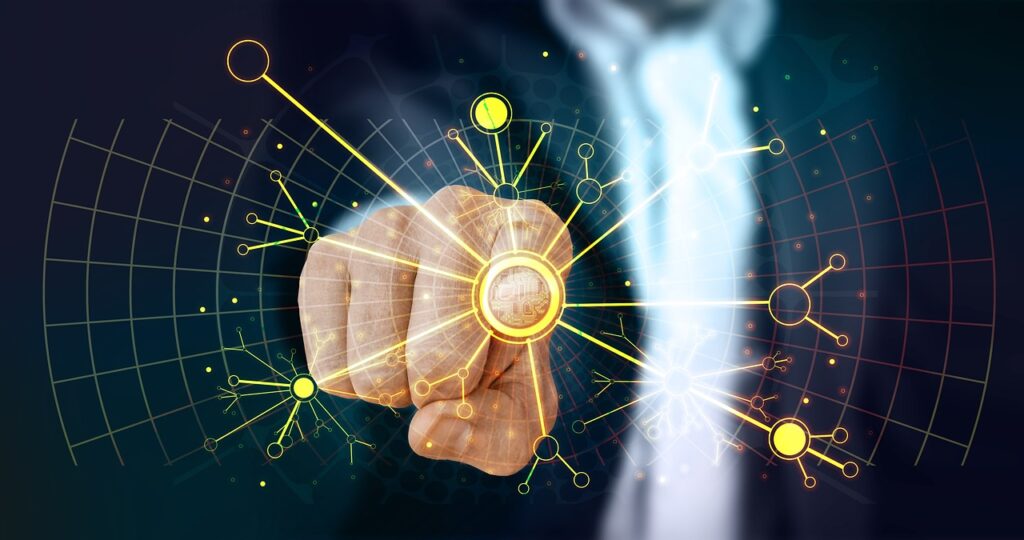
Image by Gerd Altmann from Pixabay
The State of The World
The world is facing increasingly systemic challenges that pose significant threats to the global economy. The risk of a catastrophic event in one part of the world triggering widespread instability or collapse is now more imminent than ever. This isn’t merely a political issue; it’s an engineering challenge with the potential for a straightforward solution.
Insurance plays a vital role in ensuring the smooth operation of the global economy by providing a steady financial backbone for its builders, innovators, and participants. However, insurance can only function effectively when we have a clear understanding of known risks, their probabilities, and the consequences of potential losses. This underscores the critical importance of curating accurate and validated information about the physical state of the world.
The Domain of Engineering
Engineers, fundamentally, are professionals dedicated to reducing risk in complex systems. Interestingly, their analytical methods bear a striking resemblance to those employed by actuaries in the insurance industry. This highlights that the task of mitigating global systemic risk hinges on harnessing the expertise and observations of global engineers, scientists, and technologists.
The Age of Disinformation
In the information age, the business model predominantly revolves around collecting, manipulating, and leveraging information. Sadly, there are limited incentives to curate and verify accurate information. It’s worth noting that the absence of information can be as detrimental as false information, and both are considerably cheaper than producing and validating factual information. This is where the financial system faces significant challenges.
Converting Intangible Assets into Tangible Assets
One of the most pressing issues facing society today is the misallocation and confinement of engineers and scientists within various silos, such as academic institutions, political boundaries, corporate structures, arcane ontologies, and other factors unrelated to the natural laws equally affecting us all. Their knowledge is often categorized as “intangible assets,” not because it lacks substance, but because it’s challenging to quantify. Imagine if there were a quick and straightforward method to measure these intangible assets, transforming them into “tangible” assets, thereby creating a new asset class significantly more valuable than traditional assets.
A Straightforward Solution
The Ingenesist Project, a nonprofit professional network, is developing a platform designed to measure intangible assets and render them more tangible. Through the utilization of game theory, blockchain technology, and artificial intelligence, credible individuals make claims about the physical state of the world, which are then validated by other participants on the professional network. This dynamic process creates a validated and easily measurable large language graph, from which valuable AI business intelligence can be derived. Participants receive electronic tokens for contributing to this immutable native blockchain. The global insurance and finance industry can access this powerful network graph by purchasing tokens on a third-party clearinghouse from those seeking to sell them, with token value determined by market supply and demand.
Vast Consequences
By introducing this innovative framework, a new set of incentives can be established, making truth more profitable than fiction, at scale. The barriers that have traditionally separated engineers and scientists will no longer obstruct the curation of information essential to the insurance industry for crafting effective and socially impactful insurance products. This platform operates under a set of rules that apply equitably to all participants, eradicating corruption and unnecessary friction. Crucially, it provides the insurance industry with a reliable baseline of data to train AI models accurately, ensuring they operate in the right place, at the right time, and at the right price.
Visionary Leaders
The Ingenesist Project seeks sponsors to expedite the development of the “Innovation Bank.” Additionally, directorships and governance positions are available for visionary leaders in the insurance and engineering fields who recognize the potential of this groundbreaking initiative.
